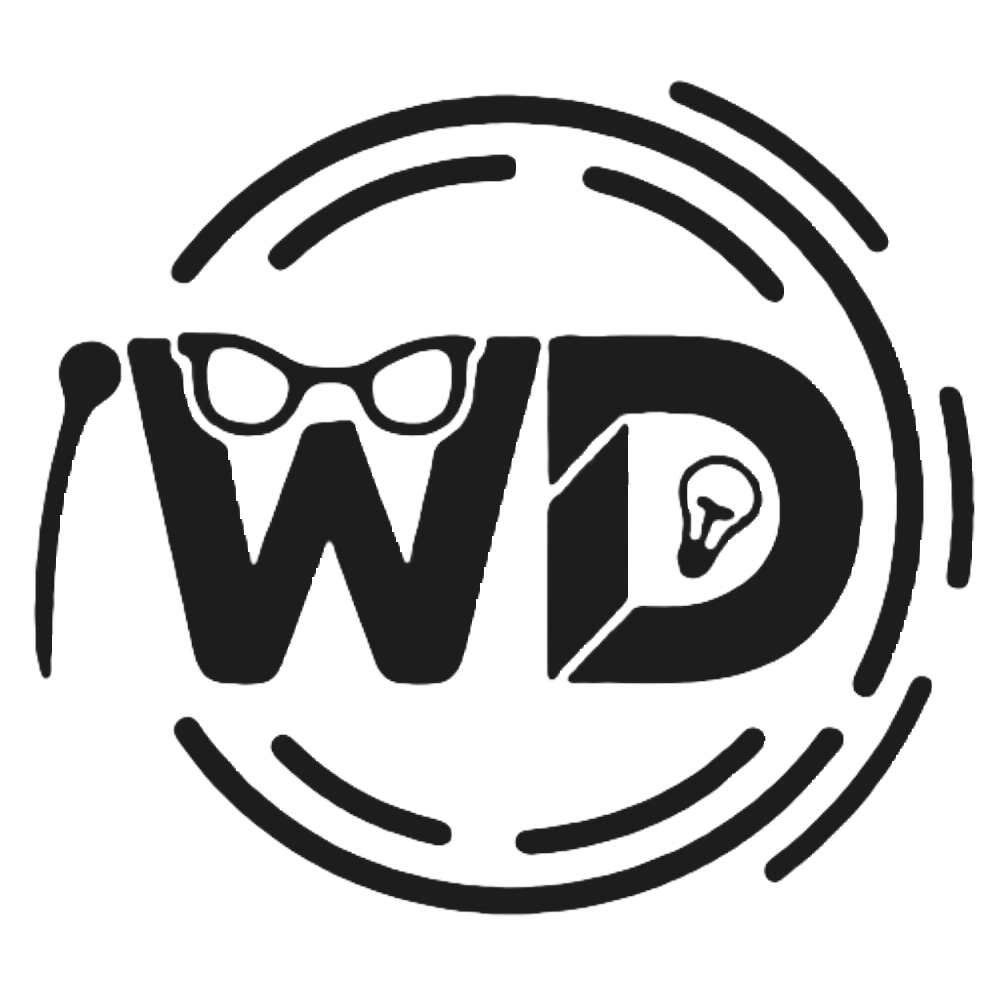What is Web development - Webdevelopers India

Web development is a dynamic field that encompasses a range of activities involved in the creation and maintenance of websites. From simple static pages to complex web applications, web development is integral to the modern digital landscape. This comprehensive guide will delve into the various aspects of web development, including front-end and back-end development, web design, security, and the development process, while also incorporating SEO best practices to help your content stand out.
Understanding Web Development
Web development refers to the process of building and maintaining websites. It involves several key components:
-
Front-End Development
- HTML (HyperText Markup Language): The foundational language for creating web pages, defining the structure and content.
- CSS (Cascading Style Sheets): Used to describe the presentation of a document written in HTML, enabling developers to control layout, colors, and fonts.
- JavaScript: A versatile programming language that allows developers to implement interactive elements on web pages.
- Frameworks and Libraries: Tools like React, Angular, and Vue.js streamline the development process by providing reusable components and efficient workflows.
-
Back-End Development
- Server-Side Languages: Includes PHP, Python, Ruby, Java, and .NET, which are used to handle the logic, database interactions, and server configuration of web applications.
- Databases: Technologies like MySQL, PostgreSQL, MongoDB, and SQLite are essential for storing, retrieving, and managing data.
- APIs: Application Programming Interfaces (APIs) facilitate communication between different software systems, enabling functionality integration.
-
Full-Stack Development
- Full-stack developers handle both front-end and back-end development, providing comprehensive solutions for web projects.
-
Web Design
- Responsive Design: Ensures that websites function well on various devices and screen sizes, providing a seamless user experience.
- UI/UX Design: User Interface (UI) and User Experience (UX) design are critical for creating engaging, user-friendly websites.
-
Web Security
- Protecting websites from security threats is paramount. This includes implementing HTTPS, securing web applications, and protecting against cyberattacks like SQL injection and Cross-Site Scripting (XSS).
The Web Development Process
-
Planning and Research
- Understand client requirements and conduct market research to determine the best approach. This involves creating project plans, wireframes, and prototypes.
-
Design
- Create wireframes and mockups to visualize the website’s layout and design. This stage focuses on the aesthetic and usability aspects, ensuring a user-friendly interface.
-
Development
- Write the code for the front-end and back-end of the website. This stage involves transforming design mockups into functional web pages and applications.
-
Testing
- Conduct thorough testing to ensure the website is free of bugs and performs well across different devices and browsers. Testing includes checking for usability, performance, and security issues.
-
Deployment
- Launch the website and make it available to the public. This involves configuring servers, setting up databases, and optimizing performance.
-
Maintenance
- Regular updates and maintenance to ensure the website remains functional, secure, and up-to-date. This includes updating content, fixing bugs, and improving performance.
SEO Best Practices for Web Development Blogs
To ensure your blog ranks high on search engine results pages (SERPs), it’s essential to implement SEO best practices. Here’s how:
-
Keyword Research
- Use tools like Ahrefs and SEMrush to find relevant keywords with high search volume and low competition. Target long-tail keywords and phrases that your competitors might be missing, such as "comprehensive guide to web development" or "web development basics for beginners."
-
Content Optimization
- Ensure your content is informative, engaging, and unique. Avoid duplicating content from other high-ranking websites. Use headings (H1, H2, H3) to structure your content and make it easy to read. Include keywords naturally within the content, avoiding keyword stuffing.
-
Meta Tags
- Write compelling meta titles and descriptions that include your primary keywords. For example:
- Meta Title: "What is Web Development? A Comprehensive Guide"
- Meta Description: "Learn what web development is, including front-end, back-end, and full-stack development, with this comprehensive guide."
- Write compelling meta titles and descriptions that include your primary keywords. For example:
-
Internal and External Links
- Include internal links to other relevant articles on your website to keep readers engaged and improve site navigation. Link to authoritative external sources to provide additional value and enhance your content’s credibility.
-
Multimedia
- Use images, infographics, and videos to make your content more engaging and visually appealing. Ensure all images have alt text with relevant keywords.
-
Technical SEO
- Ensure your website loads quickly and is mobile-friendly. Use clean, descriptive URLs. Implement structured data to help search engines understand your content better.
Advanced SEO Techniques
To further enhance your blog’s SEO, consider these advanced techniques:
-
Content Clusters
- Organize your content into clusters, where a pillar page (e.g., “What is Web Development”) links to related subtopics (e.g., “Front-End Development”, “Back-End Development”). This structure improves site navigation and helps search engines understand the relationship between different pages.
-
User Experience (UX)
- Focus on providing a seamless user experience. Ensure your website is easy to navigate, visually appealing, and provides valuable information. Positive user experience signals to search engines that your content is high quality.
-
Regular Updates
- Keep your content up-to-date. Regularly update your blog with new information, trends, and insights. This shows search engines that your content is relevant and current.
-
Engagement Metrics
- Monitor engagement metrics like bounce rate, time on page, and click-through rate. High engagement indicates valuable content, which can boost your search rankings
Web development is a multifaceted field that encompasses various aspects, from front-end and back-end development to web design and security. By following the outlined web development process and implementing SEO best practices, you can create a comprehensive, engaging, and high-ranking Websites.
Websites
On-Time,
On-Budget
Your Website is at the heart of your Buissness identity. An impactful website, tailor-made and in line with your activity will allow clientts to differentiate your buissness and mark from other.
Want Free Demo Sample How It Looks